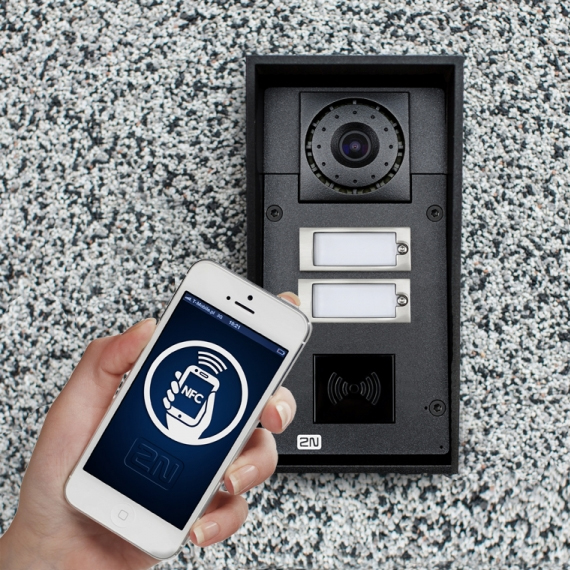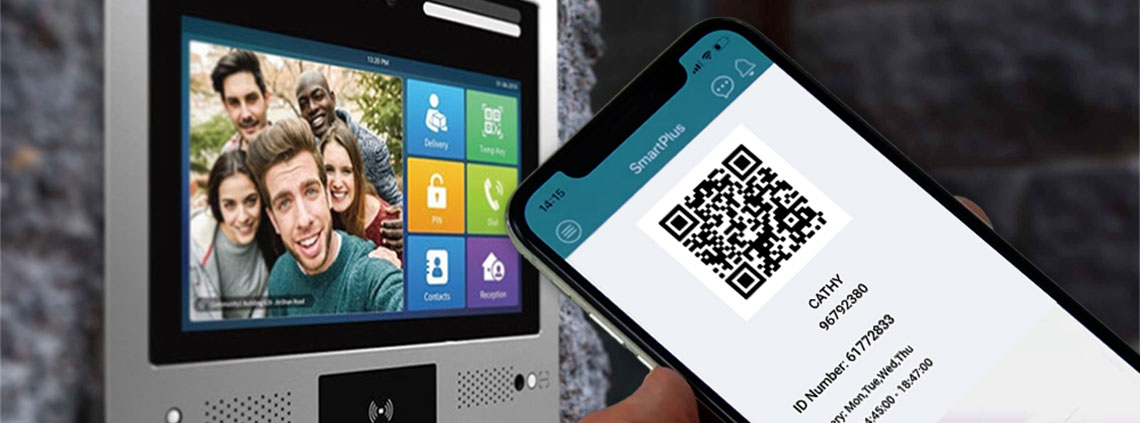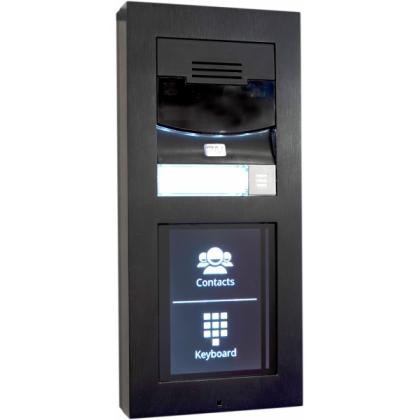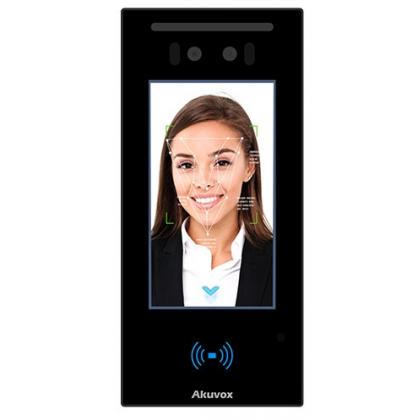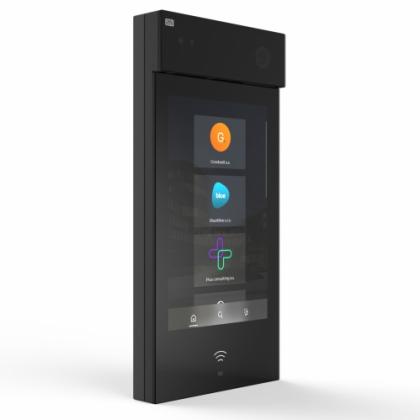Keyless Door Entry Systems
Keyless door entry systems eliminate the need for conventional physical keys and are used to control and manage access into a property using a variety of user authentication technologies such as biometric and smartphone contactless options.
What are keyless door entry systems?
Keyless entry systems - sometimes referred to as contactless access control systems - eliminate the need for keys and are used to control and manage access into a property using a variety of lock and user authentication technologies.
Keyless entry systems help with security as they are set up to grant access to authorised people only and restrict access for the unauthorised, without the use of conventional keys which can be easily lost, stolen or duplicated.
How does a keyless door entry system work?
Keyless entry systems use an electronic device to control entry into a building. Instead of a traditional key, this type of access control requires the users to have an ‘authentication credential’ that communicates with the keyless access control locks via proximity. Users need to be within a certain distance of the reader to trigger an unlock.
The most common keyless door entry system require an electronic or magnetic door locking mechanism, a proximity card reader or sensor, and the users need an authorised credential to prove their identity. When somebody wants to unlock the door, they must present their keyless credential near the reader. The access control system verifies the credential, and triggers the door to unlock once approved.
An authentication (or identification) credential may be in the form of an ID card, keyfob or increasingly, the users smartphone employing one or more of its wireless communication technologies
What keyless entry authentication methods are there? |
|
|
|
|
|
|
|
|
|
|
|
|
|
|
|
|
|
|
|
|
|
|
|
|
|
|
|
|
What are the benefits of keyless door entry systems?
There are many ways a keyless entry system can benefit your home or premises such as:
- Eliminates the needs for keys – keys can be easily stolen, misused, and even copied to make duplicates. Therefore, eliminating the need for physical keys is an added security benefit.
-
Ease of access - Since keyless entry systems do not rely on physical keys to unlock the doors, you can share the access code with trusted individuals so they can let themselves in even if you are not physically there.
You can also give temporary access codes, the benefit of this is that if you no longer wish for them to use the codes later, you can instantly change them and restrict access for any future use. - Restrict access - Access control systems make it extremely difficult for intruders to gain access to the premises. This is because the digital locks that are used are far more difficult to bypass than mechanical locks.
-
Tracking access – a great benefit of using keyless entry systems is that it allows you to track who enters the building and when.
If there is an incident of theft or break-in the tracking feature can help figure out how the intruders got in and who to hold responsible for it. You can check the codes entered at the time of the incident and see whom they belong. -
Removing access rights immediately – with traditional keys if they are lost or stolen, or if you want to prevent access for someone, the advice is to change the locks. This is down to having no way of knowing who has your keys and how they might use them, it is a security threat.
However when using a keyless entry system, removing access rights for people is fast and easy and cost free.
If access codes are compromised or misused then a simple change to the codes instantlywithdraws any access privileges. -
Remote access control - using cloud technology, a keyless entry systems allows you to both control and monitor access in homes from a remote location.
You can add and remove access permissions, monitor and track access activity in your premises and lock/unlock the doors!
Where are keyless door systems used?
Keyless door systems are used in various applications such as:
- Homes
- Hotels
- Shared Office Spaces
- Multi Dwelling Units (MDUs) such as flats and apartments
- Sports facilities and leisure centres
- Retail stores
- Medical centres and hospitals
- Nursing homes
- Home security
- Factories and warehousing
Find out more...
IFSEC Distributor Network - Ask the Security Experts
2N Wavekey mobile access technology
QR Code technology in Access Control & Door Intercoms
Face Recognition in Access Control & Door Intercoms
What is Access Control?
Choosing the right Door Intercom
NFC Keyless Entry for Access Control and Door Intercoms
Need help specifying your Keyless Door Entry System?
CIE is one of the UK's leading distributors of professional access control and door intercom products from leading brands 2N and Akuvox.
Our professional system design team provide a unique system architecture service for installers and integrators to help you deliver the best in door entry and access control technology.
If you would like to discuss your next access control system or would like more information on our full range of security products, please call our team today on T. 0115 9770075 or email us now.
.jpg)
